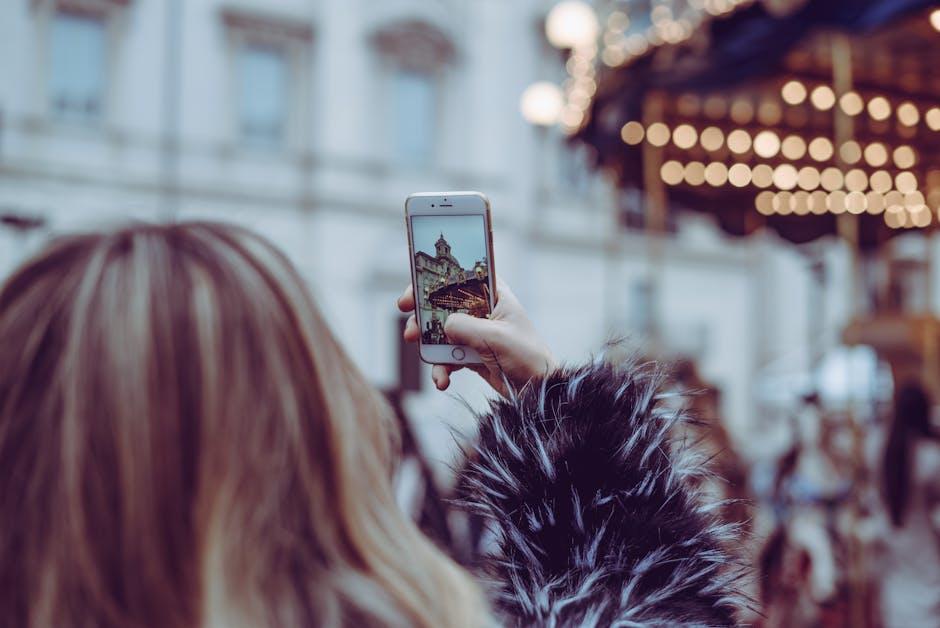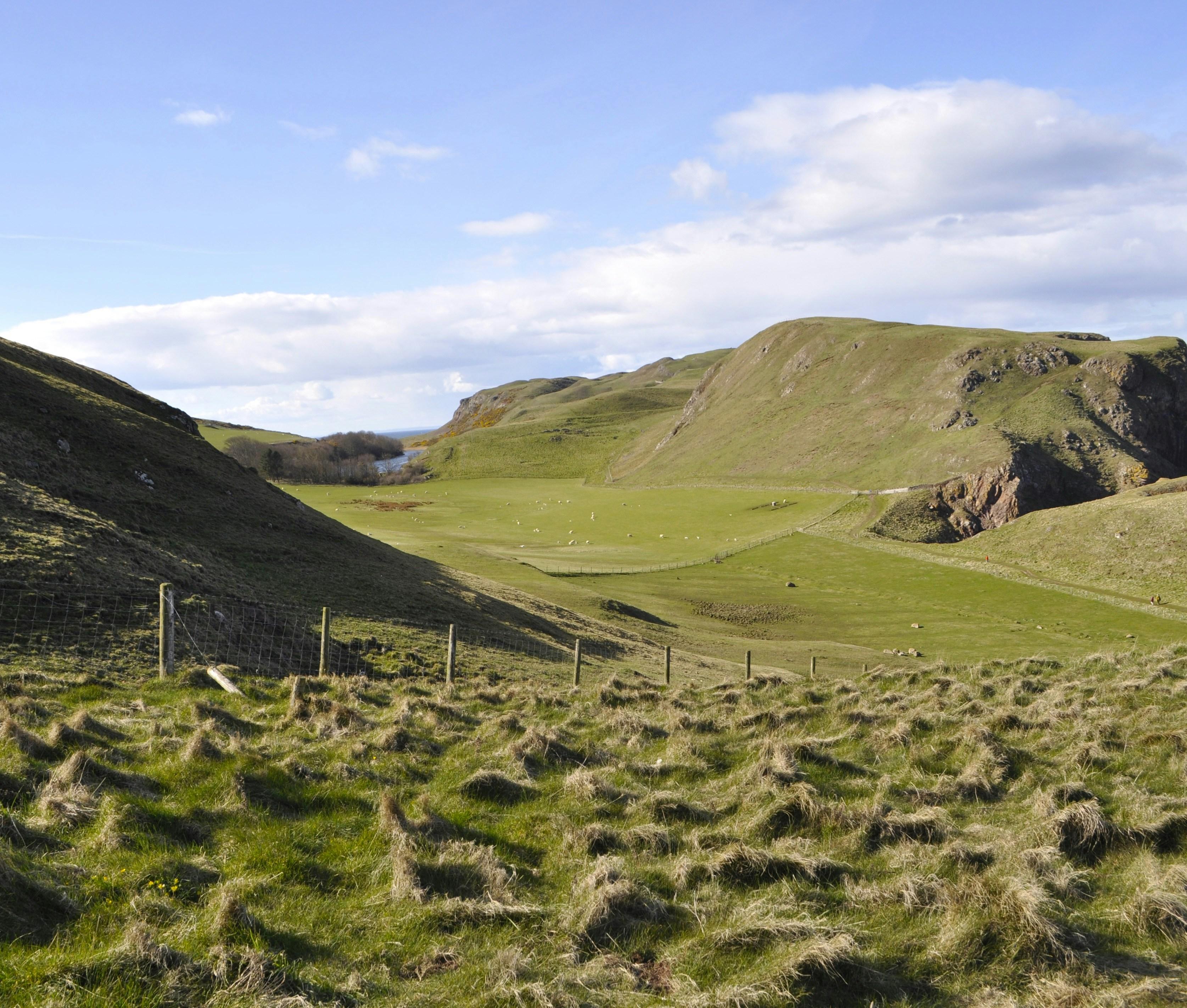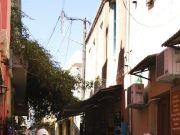In the digital age, where the world is more interconnected than ever, social media stands as a double-edged sword, wielding the power to both illuminate and obscure the complexities of our global landscape. As we scroll through endless streams of idyllic landscapes, hidden gems, and must-see destinations, it’s easy to overlook the shadows these picturesque scenes cast upon the places they depict. This article delves into the nuanced role social media plays in promoting unsustainable tourism, exploring how the very platforms that inspire wanderlust may inadvertently contribute to the degradation of the environments and cultures they showcase. By examining the intersection of technology, travel, and sustainability, we seek to unravel the paradox of virtual promotion versus physical preservation, inviting readers to ponder the impact of their next double-tap.
Impact of Influencer Culture on Tourist Hotspots
In the age of digital connectivity, influencer culture has significantly reshaped the landscape of tourism. Picturesque destinations are now often thrust into the global spotlight, thanks to the viral nature of social media platforms. This surge in popularity can lead to a variety of challenges for these tourist hotspots. As influencers flock to capture the perfect shot, their followers are inspired to tread the same path, leading to a dramatic increase in foot traffic. Unfortunately, this often results in overcrowding, which can strain local resources and disrupt the natural environment.
Moreover, the desire to capture unique and envy-inducing content can sometimes lead to irresponsible behavior. Visitors might venture off designated paths, contributing to erosion or damaging fragile ecosystems. The influx of tourists can also lead to a rise in commercial activities, altering the cultural fabric of these locations. This phenomenon often prioritizes profit over preservation, which poses a threat to the very allure that made these spots popular. To address these issues, there is a growing need for sustainable tourism practices that balance the desires of travelers with the welfare of local communities and environments.
- Increased Foot Traffic: More visitors than the area can handle.
- Environmental Degradation: Damage to natural landscapes.
- Cultural Displacement: Traditional lifestyles disrupted by tourism.
- Commercialization: Local economies shift towards tourism-focused businesses.
Digital Narratives and the Rise of Overtourism
In today’s digital age, social media platforms have become powerful storytellers, weaving captivating tales of exotic locales and hidden gems. These digital narratives, often crafted through stunning imagery and compelling captions, have the ability to transform an unassuming destination into a viral sensation overnight. As these stories spread like wildfire, they inadvertently contribute to the phenomenon of overtourism, drawing throngs of travelers eager to experience the ‘Instagrammable’ moments they’ve seen online.
Social media’s influence can be seen through various factors, such as:
- Viral Trends: A single post or hashtag can quickly popularize a destination, leading to a surge in visitor numbers.
- Peer Pressure: The desire to emulate influencers or friends who share their picturesque adventures fuels the influx of tourists.
- FOMO (Fear of Missing Out): The urgency to visit a trending spot before it loses its allure can drive unsustainable travel patterns.
While these platforms democratize travel by making destinations accessible to a global audience, they also pose challenges in preserving the delicate balance between tourism and sustainability. Addressing overtourism requires a concerted effort to promote responsible travel narratives that emphasize the importance of environmental stewardship and cultural respect.

Balancing Engagement and Environmental Responsibility
Social media platforms have the power to transform the way we experience travel, often highlighting picturesque destinations and hidden gems that stir the wanderlust in many of us. However, this digital spotlight can lead to a surge in tourist numbers, resulting in increased strain on local environments. Balancing engagement with environmental responsibility is crucial to ensure that the allure of these destinations remains sustainable. Here are some ways in which social media can foster responsible tourism:
- Education and Awareness: Content creators can use their influence to educate followers on the environmental impact of their travel choices, encouraging sustainable practices.
- Promotion of Eco-friendly Alternatives: Highlighting sustainable travel options, such as eco-lodges or carbon-neutral tours, can shift demand towards more responsible choices.
- Community Engagement: Platforms can facilitate discussions and initiatives that involve local communities, ensuring that tourism benefits both visitors and residents.
By fostering a culture of mindfulness, social media can transform from a catalyst of unsustainable tourism to a powerful ally in the fight for environmental conservation. It’s a delicate balance, but with the right approach, the digital realm can illuminate paths to a more sustainable future.

Strategies for Sustainable Social Media Campaigns
To effectively promote sustainable tourism through social media, it is crucial to employ strategies that resonate with audiences while advocating for responsible travel practices. Begin by crafting authentic narratives that highlight the cultural, economic, and environmental benefits of sustainable tourism. Utilize storytelling to connect with your audience on a personal level, fostering a sense of responsibility and awareness.
- Engage with Local Communities: Collaborate with local influencers and residents to provide authentic content that showcases the true essence of the destination.
- Visual Impact: Use captivating images and videos that not only draw attention but also educate viewers about the importance of preserving natural and cultural heritage.
- Interactive Campaigns: Implement interactive elements such as polls, quizzes, or challenges that encourage users to learn and share their insights on sustainable tourism practices.
- Highlight Sustainable Options: Feature eco-friendly accommodations, tours, and activities, making it easy for travelers to choose sustainable options.
Additionally, ensure that your campaigns are inclusive and accessible, reaching a diverse audience while respecting different perspectives and cultures. By prioritizing these strategies, social media can become a powerful tool in steering tourism towards sustainability.
Closing Remarks
As we navigate the complex interplay between social media and tourism, it’s clear that the platforms connecting us can also complicate our relationship with the world we explore. The digital age has ushered in an era of unprecedented access and visibility, but with it comes the responsibility to tread lightly and share thoughtfully. While social media has the power to inspire wanderlust and celebrate cultural diversity, it also bears the weight of fostering unsustainable tourism practices that strain the very destinations we cherish.
As travelers, influencers, and stewards of the digital realm, we stand at a crossroads. The challenge before us is to harness the reach and influence of social media to promote a tourism model that respects the environment, honors local communities, and preserves the beauty of our planet for generations to come. By shifting the narrative towards sustainable practices, we can transform the travel experience into one that not only captivates the imagination but also nurtures the world around us.
the choice is ours: to scroll passively through the fleeting allure of picturesque landscapes or to engage actively in crafting a future where tourism and sustainability walk hand in hand. Let us be the storytellers of change, weaving a digital tapestry that inspires mindful exploration and celebrates the harmony between humanity and nature.































